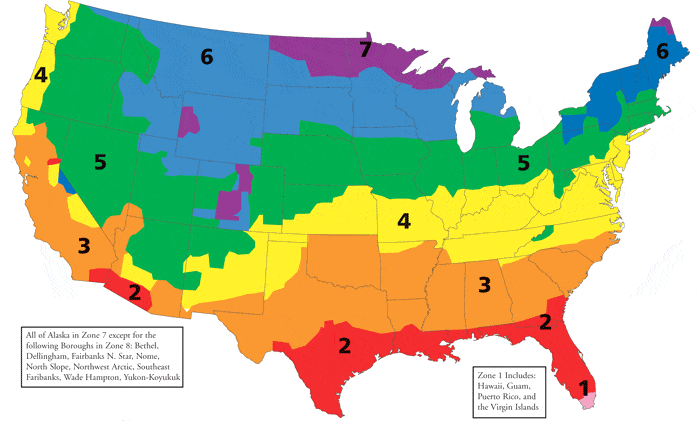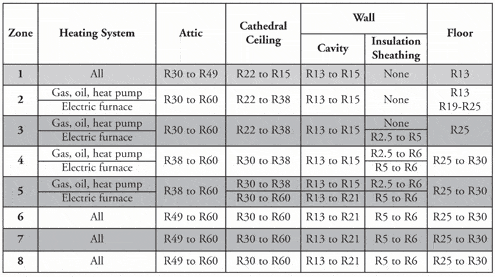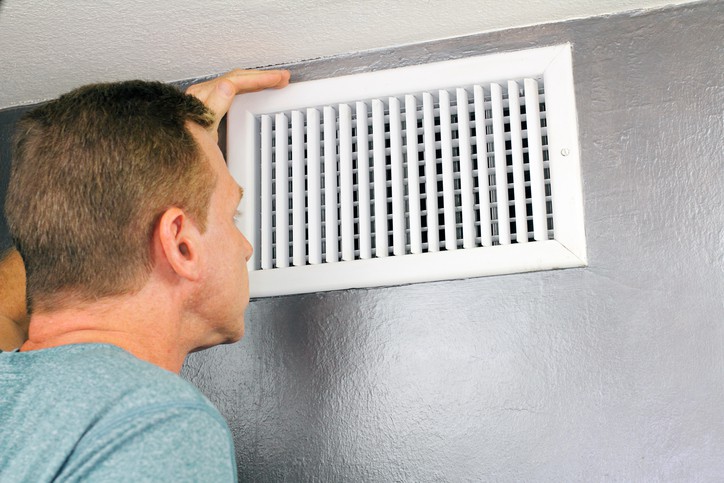There’s nothing quite like springtime in the DFW area. Birds are singing, flowers are blooming and you can open the windows and give your heating and cooling system a break. It’s also a great time for to do a DIY energy audit!
What is a DIY Energy Audit?
A DIY energy audit is a great way to identify ways to reduce your energy costs – especially during the sweltering summer months that will be upon us before you know it. A DIY energy audit is easy to do and doesn’t require any special knowledge or skills. It basically consists of visual inspections of your home’s energy-consuming appliances, a few heating and AC system components, insulation, and weather stripping to identify ways to improve its overall energy efficiency.
Just be sure to have a pen and paper handy so you can keep a checklist of any problems you find and fix.
With that said – let’s get started!
DIY Audit of Your Heating and AC System
Your home’s heating and AC unit is typically going to be its biggest energy user. In fact, the U.S. Department of Energy estimates that residential HVAC systems account for about 48 percent of the energy used in the typical U.S. home, so this is a good place to begin your DIY energy audit.
A dirty, clogged filter can have a dramatic impact on your heating and cooling system’s effectiveness and energy consumption so routinely cleaning or replacing the filter is essential if you’re looking for ways to reduce your energy costs.
How often you clean or replace your filter depends on a number of factors. If you own pets, smoke inside your home, suffer from allergies or other health conditions, or have young children or elderly family members, you should clean or change the filters more frequently.
You should also check to make sure that your outdoor unit is clean. A quick hosing down will generally do the trick. While you’re at it, you should trim back or remove any plants or hard landscaping that might be preventing the unit from getting adequate air flow.
Of course, the filter and landscaping aren’t the only things that impact your AC system’s energy efficiency. If it’s been a while since you’ve had a professional AC tune-up, spring is the ideal time! In addition to ensuring your unit is working at peak performance, an annual tune up by a professional HVAC contractor can also identify minor issues before they become major problems that require costly repairs.
Bonus tip: If your heating and AC unit is more than 10 years old, replacing it with a new, energy-efficient model can increase your comfort, improve your indoor air quality, and substantially reduce your monthly cooling costs. For more information, check out this article on things to consider when replacing your AC system.
DIY Insulation and Weather Stripping Audit
Not having enough insulation and weather stripping can cause your energy bills to skyrocket during the dog days of summer.
Here in the Dallas / Fort Worth area, the Insulation Institute recommends a minimum of between R30 and R60 of attic insulation, depending on your home’s age, construction type and other factors. Here’s a handy map and chart to help determine your specific insulation needs:


Image credit: http://insulationinstitute.org/im-a-homeowner/about-insulation/how-much-do-i-need/
In addition to checking your insulation, be sure to check your windows and doors to make sure the weather stripping is in good shape.
While you’re at it, check to make sure your refrigerator and freezer door gaskets are clean and in good condition. In addition to lowering your electric bills, this will keep foods fresh longer and prolong the life of the appliance.
Bonus tips: For many, spring is the time to give their home a fresh new look inside and out. If you’re considering updating your window treatments, consider going with reflective shades or draperies. According to the Department of Energy, installing medium-colored curtains with white-plastic backings can reduce heat gain by as much as 33%.
Springtime is also a time to focus on landscaping. If your plans include planting trees or shrubs, give some thought to the impact they can have on your home’s energy efficiency. Consider planting evergreens in locations where they’ll block late afternoon sun in the summer months, but allow it to warm your home in the winter.
Click here to learn how to use landscaping to lower your heating and cooling costs
Out with the Old – In with the New . . . Appliances
Springtime is a time of renewal, and if your kitchen is in need of a facelift, you might want to consider replacing your old refrigerator, dishwasher, stove or microwave with new Energy Star® appliances.
Check out this handy calculator to find out how much upgrading your old kitchen appliances can save you.
We hope you found this article helpful. If so, please share it!
Do you have questions or other helpful tips you’d like to share with our readers? Please post a comment to share your thoughts.


